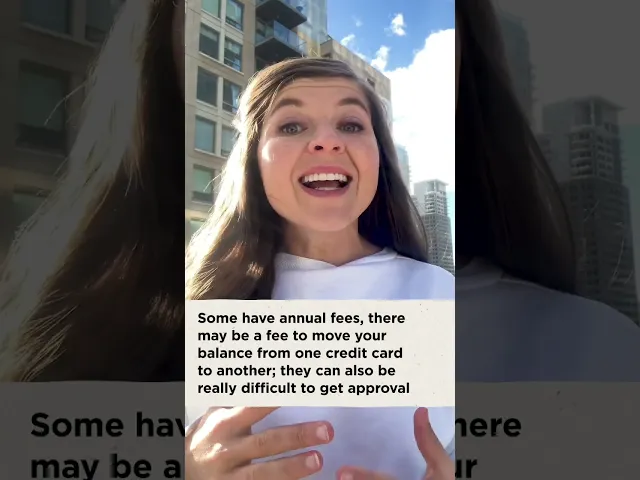
How to Pay Off a Credit Card Using Another Card: What's Possible and What's Not
Using one credit card to pay another is possible through balance transfers, but direct payments between cards aren't allowed. Here's what you need to know about managing credit card debt through different methods.
Balance Transfers: The Recommended Method
- Allows moving debt from a high-interest card to one with lower interest
- Usually offers 0% introductory APR periods
- Requires balance transfer fees (typically 3-5% of transferred amount)
- Takes several weeks to process
- Doesn't earn rewards
- Generally requires good to excellent credit (FICO scores above 690)
Steps for Balance Transfer:
- Apply for a card with 0% APR balance transfer offer
- Initiate the transfer with account details
- Wait for processing (up to 2 weeks)
- Pay down the balance during the introductory period

A graph node network diagram
Direct Card-to-Card Payments: Not Possible
- Credit card issuers require bank account payments
- Can't use credit card numbers for monthly payments
- Must provide bank routing and account numbers

Woman using tablet device
Cash Advances: Possible but Not Recommended
- Extremely high fees and interest rates
- No rewards earned
- Creates additional debt
- Should be avoided except in emergencies
If You Can't Make Minimum Payments:
- Review your accounts and budget
- Contact creditors about hardship programs
- Consider bankruptcy if debt exceeds 40% of income with no 5-year payoff path
- Explore credit counseling services
Remember: Same-issuer transfers aren't allowed, and balance transfers don't earn rewards. Focus on paying down debt during promotional periods to maximize savings.
Related Articles
Tax Return Guide: What You Need to Know About Filing Your Taxes
